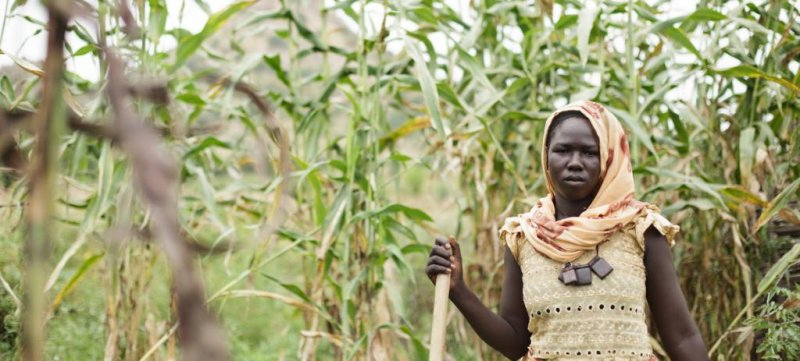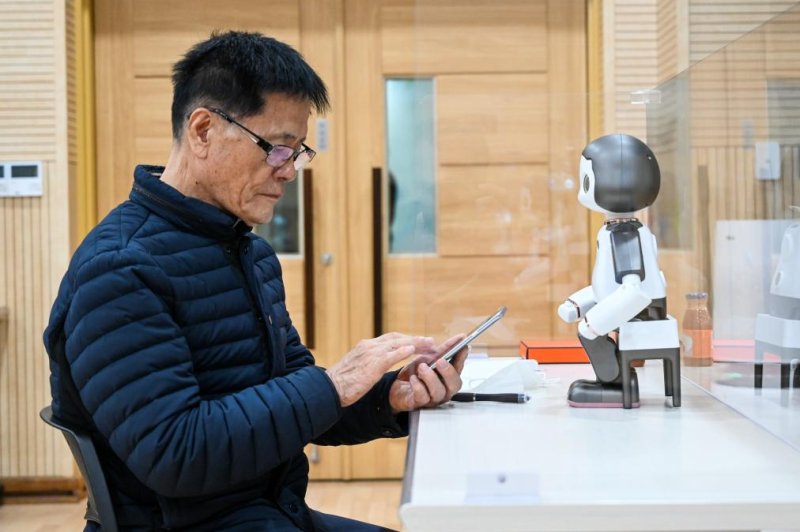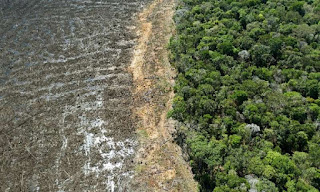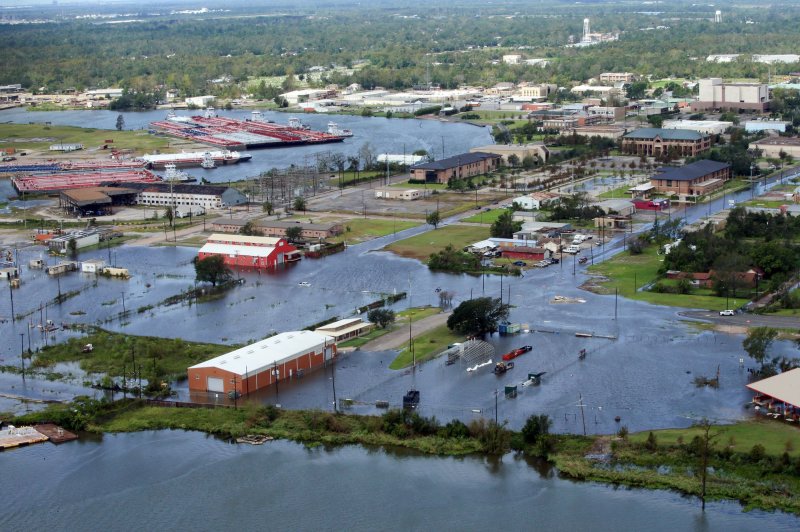Islamabad — Pop music icon Cher was in Pakistan over the weekend to join a lonely elephant on his long-awaited journey to salvation. Kaavan, dubbed the world's loneliest elephant, finally escaped the meager confines of a zoo in Islamabad and was well on his way to a wildlife sanctuary in Cambodia on Monday.

The American singer and actress campaigned for years to get Kaavan out of the Marghazar Zoo. Along with U.S. businessman Eric Margolis and the group Four Paws International, she helped pay for his relocation through her charity, Free the Wild. Local Pakistani activists first put Kaavan's plight on Cher's radar with a Twitter campaign, aiming messages with the hashtag #SaveKaavan and #FreeKaavan at celebrities worldwide.
"World's loneliest elephant" arrives to new home

At just about a year old, Kaavan was gifted to Pakistan by Sri Lanka in the mid-1980s. He spent decades at the Islamabad zoo in a small enclosure with few of the amenities required for the physical or mental health of an animal of such high intelligence. He performed for visitors, reportedly prodded by handlers to collect cash.
In 2012, Kaavan lost his only companion, a female elephant called Saheli, and his demeanor rapidly deteriorated. He became angry, despondent, and given his unhealthy diet, obese.
The conditions were so dire at the zoo that a Pakistani court ordered it to be shut down in May this year, and all the animals to be relocated. That sparked a global effort to evacuate the animals, and especially Kaavan.

When news of Kaavan's grim circumstances reached Cher on Twitter, she reached out to Mark Cowne, a global talent agency boss with a passion for wildlife whom she had met years earlier.
"She had met Mark, who had previously moved 300 elephants, and said, 'Listen, we gotta do something,' so he started coming over here and finding out what's happening, and they decided to form Free the Wild, hoping that we can get big animals, at least starting with big animals, out of zoos," Cher's assistant Jennifer Ruiz told CBS News in Islamabad.
The superstar had originally focused her efforts on trying to get an elephant out of the Los Angeles Zoo, Ruiz said, but they've had no success so far in California. "So this came up and, you know, she always tells me, 'you do your best with what falls in your lap.' If someone asks you, you try to do your best."
Teaming up with Free the Wild, a team of vets and experts from the U.K.-based international animal welfare group Four Paws has spent months on-site, working with Kaavan to prepare him for his big move.
Four Paws' head of communications Hannah Baker told CBS News that Kaavan's journey is the biggest elephant transfer the charity has ever undertaken, and their first by plane. Elephants have been moved by plane from one state to another in the U.S., for instance, but never an animal as large, or a move as logistically complicated, as this.
Pulling it all off during a global pandemic has posed some unique challenges, but fortunately Kaavan's pre-flight COVID-19 test came back negative, and arrangements for a 30-day quarantine in Cambodia were in place.
Kaavan's new home is the vast Kulen Promtep Wildlife Sanctuary in Cambodia. While he'll be confined to just three acres for his quarantine period, even that will be a significant upgrade as his enclosure at the Islamabad zoo was just a half-acre, and largely devoid of natural materials.

Once he completes his quarantine, the plan is to introduce him to three female elephants, and he'll have 25,000 acres to roam.
Rehab with a new friend
Egyptian veterinarian Dr. Amir Khalil, Four Paws International Director of Project Development, is known for rescuing animals from areas stricken by war or disasters. He's become Kaavan's best friend, forming a close bond with him over the last few months as the elephant was brought back to health for his trip.
"When I first met Kaavan he was severely overweight, had issues with his nails and was displaying what is known as stereotype behavior: Animals in captivity need to move, but if chained they resort to moving their head from side to side in order to release endorphins and all their pent up energy."
Khalil told CBS News that this sad behavior, which Kaavan would engage in for up to 15 hours a day, was mistaken by his previous handlers in Pakistan as dancing.
"My initial plan was just to examine Kaavan and work on making him fit for travel, but for some reason he seemed to like my voice," said Khalil, who spent hours standing by a tree at the back of Kaavan's enclosure just trying to get the animal to accept him. He would sing Frank Sinatra songs as he stood there and, before long, he realized that Kaavan seemed to be a fan of his rendition of "I did it my way," and other classics.
The elephant started to trust the vet, and Khalil would often find Kaavan waiting for him.
"All relationships, whether between humans or humans and animals, must be based on trust," he said.

Kaavan's diet plan was also crucial if he was going to squeeze into his travel cage. He had been gorging on about 440 pounds per day of sugar cane, but Khalil knocked that on the head quickly. On a more pachyderm-friendly diet of fresh fruit and veggies, Kaavan dropped from 5.5 tons down to a healthy 4.8. The chains that had often bound his legs for more than two decades were removed, forced performances were dropped and his daily routine was made more natural. The changes made him a much calmer and happier elephant before his journey.
For the last four weeks Kaavan underwent routine crate training to get him used to his custom-made travel cage – which he fit into comfortably given his lean new physique.
Kaavan was celebrated at the Islamabad zoo over the last couple weeks. There was a party and well-wishers were able to come and see him for the last time, bidding farewell to the animal who had for three decades been the main attraction. A slew of government officials stopped by to say goodbye, including President Arif Alvi who paid a visit over the weekend.

On Saturday, Cher finally got to meet her elephant friend for the first time, taking the opportunity to serenade the music-lover and offer him a bite to eat.
On Monday, the Russian cargo plane hired for the trip touched down in Cambodia, and the next chapter of Kaavan's life began.
Khalil said he hoped the elephant's story would serve as "a symbol for humanity, and doing what is right for the animals."
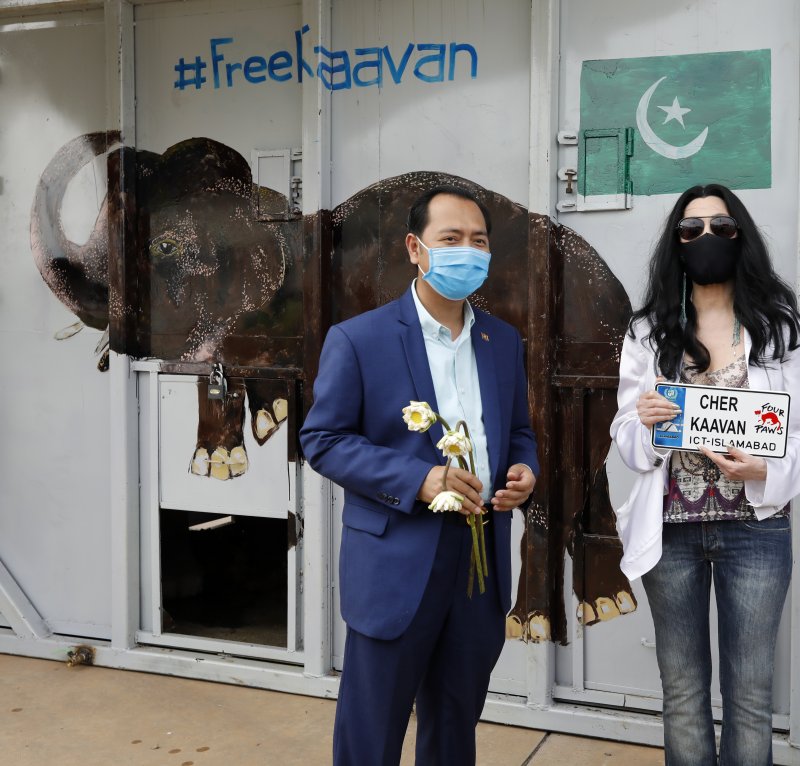
Singer Cher (C) greeted the "world's loneliest elephant" Monday as he arrived at Siem Reap Airport in Siem Reap province, Cambodia to be transported to a sanctuary. Photo by Mak Remissa/EPA-EFE
Nov. 30 (UPI) -- A Smithsonian documentary will feature Kaavan, dubbed the "world's loneliest elephant," who Cher greeted Monday in Cambodia after her charity's rescue flight.
Kaavan was sent to Pakistan more than three decades ago as a gift from former Sri Lanka dictator Gen. Zia-ul-Haq. In 2012, his mate for 22 years, Saheli, died, leaving him alone for eight years and leading to him becoming known as "world's loneliest elephant."
Grammy-winning singer Cher, 74, had campaigned for Kaavan's freedom from a zoo in Pakistan's capital, Islamabad, where he was on occasion restrained in chains, and suffered malnourishment and negligence leading to cracked nails and behavioral issues.
In May, the Islamabad Hight Court ruled the elephant could be released from the zoo.
Cher greeted the 36-year-old elephant on the tarmac at an airport in Cambodia Monday after his flight from Pakistan in a custom-made crate with more than 440 pounds of food after her charity, Free the Wild, assisted the move. Animal rescue organization Four Paws said Kaavan would be released from the crate in daylight Tuesday to a sanctuary in Cambodia with space to roam and 600 fellow pachyderms.
The documentary to air on the Smithsonian Channel in 2021 is tentatively titled "Cher's Elephant Airlift."
The rescue was a first for the charity Free the Wild, which Cher co-founded to help stop captive animals suffering.
"This is Free the Wild's first big rescue and I am so proud," Cher said. "We are thrilled to partner with the Smithsonian Channel who will be helping to bring our story to the world."
Last week Cher arrived in Pakistan to thank the government for Kaavan's release and join him for his flight.
"I found out about Kaavan from the people on my Twitter," Cher said in a statement regarding the upcoming documentary. "They would not stop saying, 'Cher, you have to do something, you have to fix this, you have to save him.' I thought, how can I fix this?"




